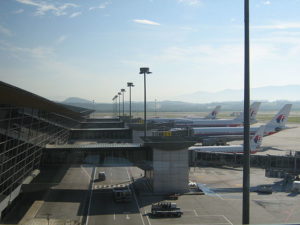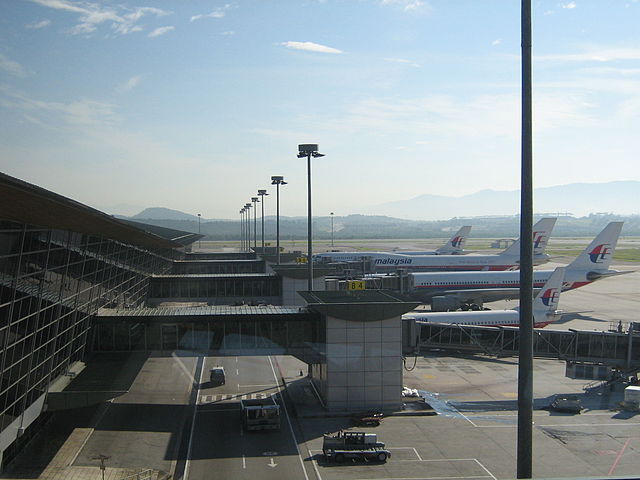 Airport operator Malaysia Airports Holdings Bhd (MAHB) rolled out on May 23 the KLIA Aeropolis project, a multi-billion ecosystem development expected to boost the national economy and put the country on the map of top air cargo hubs in the world.
Airport operator Malaysia Airports Holdings Bhd (MAHB) rolled out on May 23 the KLIA Aeropolis project, a multi-billion ecosystem development expected to boost the national economy and put the country on the map of top air cargo hubs in the world.
The development plan, excluding airport terminal operations and expansion, is estimated to contribute about MYR30 billion (US$7 billion) to the gross domestic product (GDP) and create 56,000 jobs over a 15-year period, said MAHB managing director Badlisham Ghazali at the launch of the endeavor.
Badlisham said this projection is based on the economic impact analysis conducted by PricewaterhouseCoopers, said a report by Bernama.
The KLIA Aeropolis “will serve as the driver in achieving (MAHB’s) vision of becoming a global leader in creating airport cities,” said the airport firm.
Badlisham said the KLIA Aeropolis aims to facilitate a more cohesive Kuala Lumpur International Airport (KLIA) cargo community, with a long-term annual forecast of between 2.5 million tonnes and 3 million tonnes by 2050, from about 726,000 tonnes today.
“It will serve as the core of a Malaysia Airports’ air cargo and logistics ecosystem that extends to Penang, Sabah and Sarawak,” he said.
The KLIA Aeropolis is one of the strategic pillars in MAHB’s five-year business plan, Runway to Success 2020 (Rt2020), and is aligned with Malaysia’s development agenda, he said.
“It aims to elevate the country to developed-nation status by 2020, and to transform KLIA Aeropolis into a world-class airport city with high standards and a tourist destination in its own right. Its success will allow Malaysia Airports to transform from an infrastructure provider to a key economic enabler by contributing significantly to national GDP and job creation,” said a company statement.
The aeropolis is centered on three key clusters, namely, air cargo and logistics; aerospace and aviation parks; and meetings, incentives, conferences and events, and leisure.
Of the 100-square-kilometer development area, about 60% is designated for airport and aeronautical use, at the heart of which is the KLIA.
The airport is “at the core of KLIA Aeropolis, the development of which is in tandem with another strategic pillar in RtS2020—establishing KLIA as the preferred ASEAN hub. KLIA’s location within the heart of ASEAN, as well as its excellent connectivity within the region is a strategic advantage to the development of KLIA Aeropolis.”
The rest of the area will be demarcated into zones comprised of the airport central that will function as its core commercial area, a business park, an aerospace park, a logistics park, the aeronautical support zone, as well as a leisure and recreational zone.
At the launch, MAHB also announced it has entered into five partnership agreements and intents with DRB Hicom Bhd, Raya Airways Sdn Bhd, AirAsia Bhd, Vanderlande Industries B.V., and RUAG Aviation Malaysia Sdn Bhd.
The agreements are for the air cargo & logistics cluster as well as the aerospace & aviation ecosystem.
Meanwhile, Transport Minister Liow Tiong Lai said more players are welcome to participate in the KLIA air cargo hub.
“We are not competing with other airports. In fact, we are synergistic to other regional airports and want to work together with other countries,” Liow told media after the launch.
Photo: Craig





